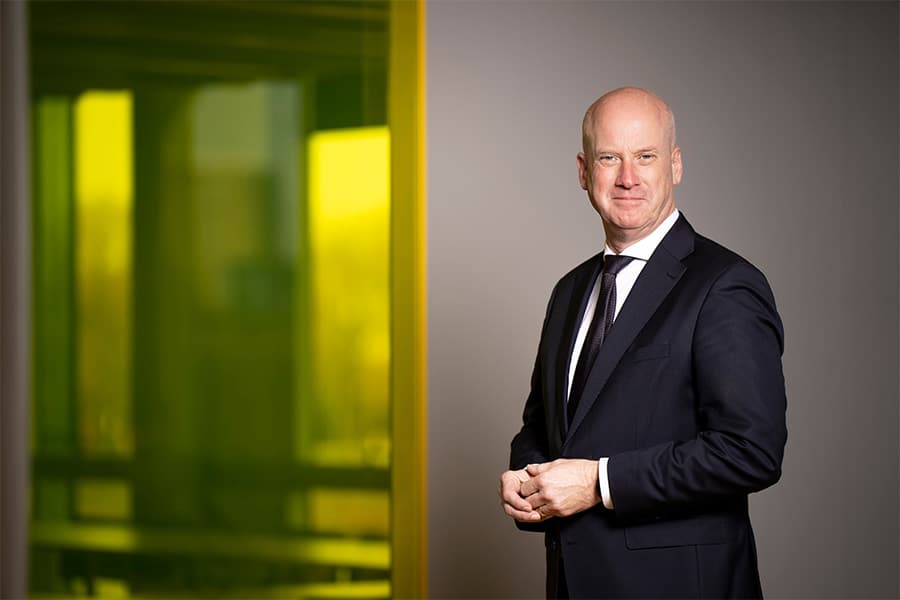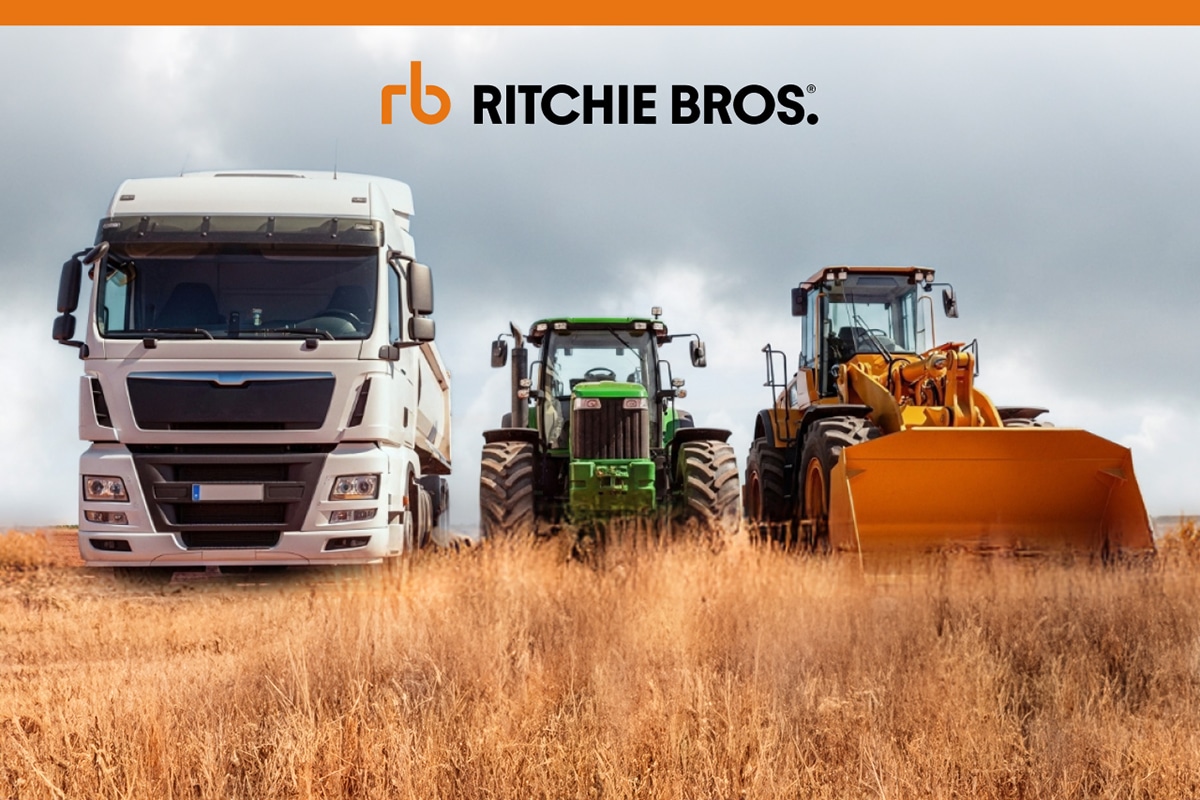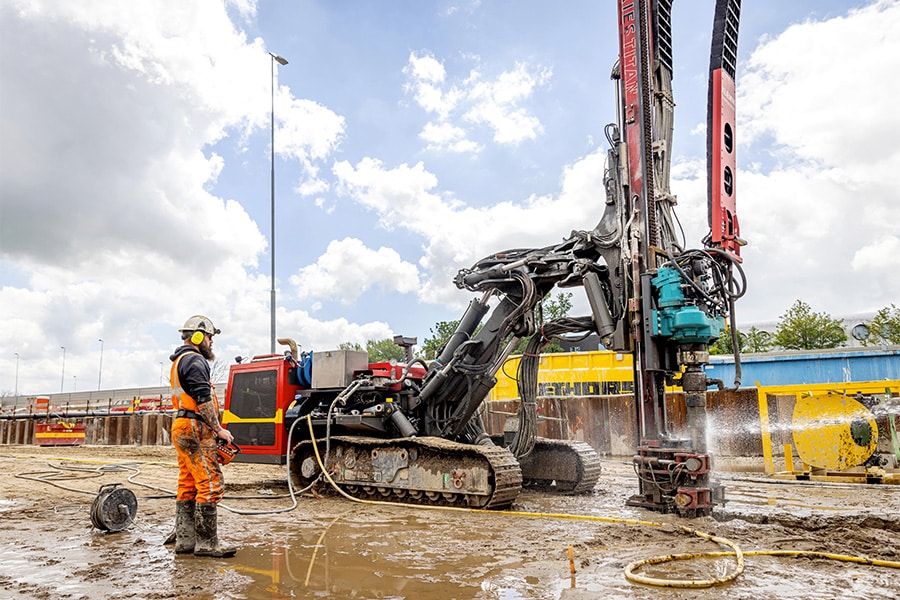
Rijkswaterstaat as booster of a sustainable sector
Keeping the Netherlands safe, livable and accessible. That is the task facing Rijkswaterstaat in 2025, in 2030, in 2050 and beyond. With challenges due to climate change, the need to work and innovate in a more sustainable and circular way is an important starting point for Rijkswaterstaat. This requires cooperation and togetherness between client (RWS) and the market, because only in this way can you develop, accelerate and scale up. Roger Mol, chief engineer-director (HID) Sustainability and Living Environment of Rijkswaterstaat, will speak.
To achieve its sustainability goals, Rijkswaterstaat, for example, is unrelenting in its efforts to reduce nitrogen and particulate matter as much as possible, or clean and emission-free. "As Rijkswaterstaat, we really want to be a booster by focusing precisely on sustainable innovations," says Roger. "And we can't do that alone; we need the entire chain to do this, from contractors, engineers and fellow governments to knowledge institutions and civil society organizations. There is no lack of innovative power in the sector, by the way, witness the many innovations presented at InfraTech recently. As a client, we can help make innovations ripe for application in practice, as well as help scale them up so that investments can be recouped. And we have a number of instruments for that, such as the transition paths, sustainable procurement and the front-runner approach."
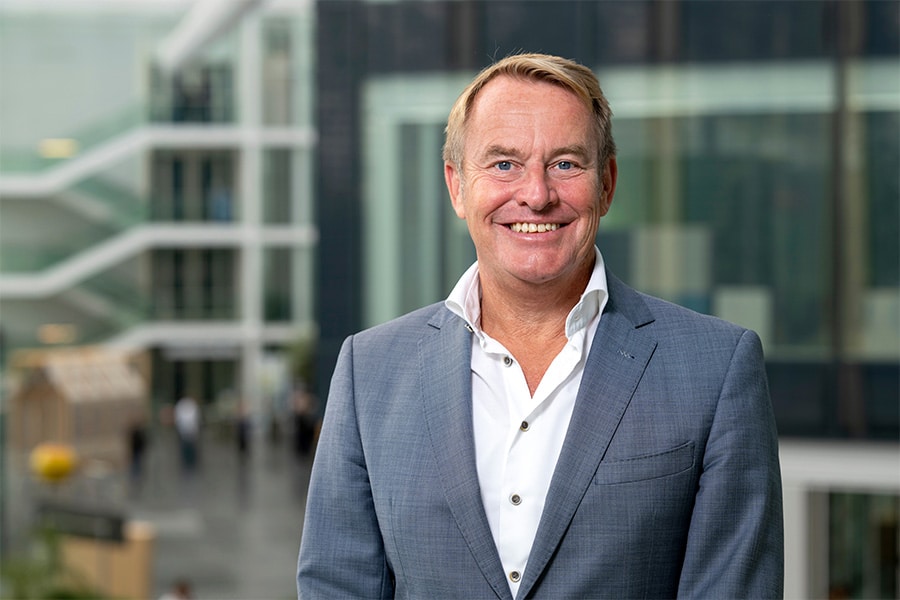
Transition paths
The transition paths of structures, road paving, shoreline care and channel maintenance, Road, Dike and Rail equipment are the drivers of the change task. "We looked at which areas we could reduce the most CO2," Roger continued. "This is at these transition paths, but also through making the equipment used on our projects more sustainable. For each of these transition paths, together with the industry, we have developed a roadmap with objectives that outlines the route to a climate-neutral and circular infrastructure. In practice, it means that we are constantly tightening the requirements we set as clients, and in this way we include more and more sustainability in projects."
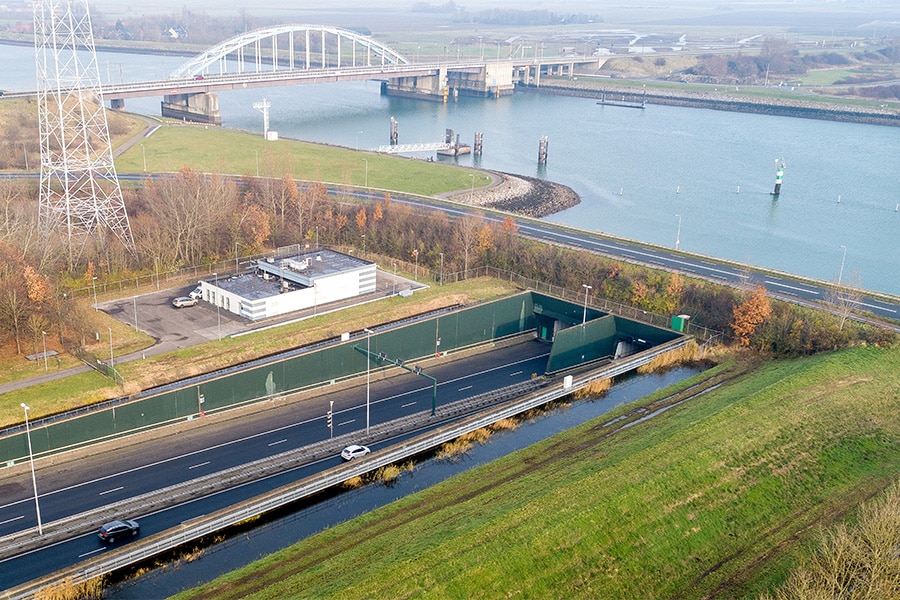
Sustainable purchasing
In tenders, Rijkswaterstaat uses the Environmental Cost Indicator (EQI) to monetize the environmental impact of projects. "By adding this environmental cost to the tender price, sustainability can be encouraged in tenders," says Roger. "In 2023, we awarded 36 GWW contracts with a total contract sum of 1.3 billion euros. Of these, 16 projects were awarded on the basis of best value for money (BPKV) with EQI that had a total contract sum of 1.1 billion euros. This means that 85% of the contract sum awarded in 2023 was tendered with EQI. In 2017, this was only 44%. Thus, the procurement tool MKI is becoming more widely used in tenders, both in numbers of projects and in share of the awarded contract sum."

Leader approach
With the frontrunner approach, Rijkswaterstaat wants to reward progressive sustainability in the market. Roger: "In our procurement we already have minimum requirements around sustainability that everyone has to meet. We call them platoon requirements. We also have frontrunner projects, where companies that can do so can introduce even more sustainable measures in the tenders, apply them and are rewarded for doing so."
Learning Space
Besides working with platoon requirements and frontrunner projects, further innovation is crucial to enable the task we all have, Roger emphasizes. "For this, we have to learn to use raw materials differently, for example. To this end, we actively commission research and create so-called learning spaces within our projects to take sustainable steps together with the market, also through innovations. This is a process in which the market, research, education and knowledge institutions often play a major role together. As Rijkswaterstaat, we can support this by jointly lowering barriers to the development of much-needed sustainable innovations. We also encourage market parties, where possible, to develop and support more joint innovations. This also prevents more or less the same ideas being developed in different places."
Innovations
Rijkswaterstaat challenges the market to come up with sustainable and circular solutions. This leads to striking examples:
Flexible groyne in the IJssel near Kampen
This groyne, constructed from innovative Xstream blocks, helps manage the river in a sustainable way, with less dredging and more room for nature.
Reuse of concrete girders
Rijkswaterstaat has challenged the market to come up with new ideas for circular viaducts. One of these is the reuse of girders at viaducts. This was tested at the A1 in Hoog Burel, resulting in a CO2 savings of 97% per reused girder. Environmental costs are reduced by 73% per girder. Rijkswaterstaat is currently harvesting about 360 girders from 11 different structures in the A9 that will go to different projects, including the A44 and N20.
Reusability Scan
This scan was developed with the market to identify potential for reuse. The reusability scan helps to determine, for structures that are going to be demolished, which parts have potential for reuse. So far, the scan has been applied some 25 times to various objects, such as bridges, viaducts, tunnels, locks, noise barriers and culverts.
Asphalt Recycling Train
The Asphalt Recycling Train is a series of maintenance machines that travel in a train over a damaged road surface, leaving behind a beautiful, smooth, new surface layer. The beauty of the method is that virtually all the old asphalt is recycled, almost 100% circular. A pilot program has now been set up to investigate the conditions under which this maintenance method can be used properly. More about this technique on page 26.
More durable concrete mixtures
The development of more sustainable concrete mixtures is a long-term issue because of the uncertainty in their long-term behavior. Therefore, within Rijkswaterstaat, two pilot projects have been set up to test these more sustainable concrete mixtures under practical conditions.
And so we are working in many ways to implement circular and sustainable practices within the sector, Roger summarizes. "By collaborating with fellow clients and market players, we ensure that we set sharp sustainability ambitions and request measures that we know will work and are possible. In this way we give the market as much continuity as possible in the perspective we are working towards together, so that they can also recoup the investments made in this context."
